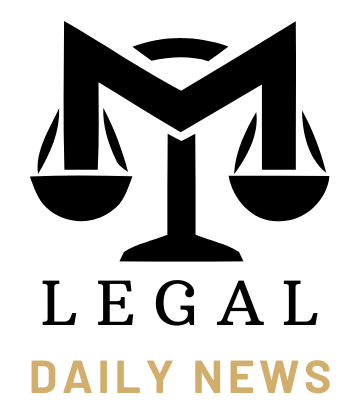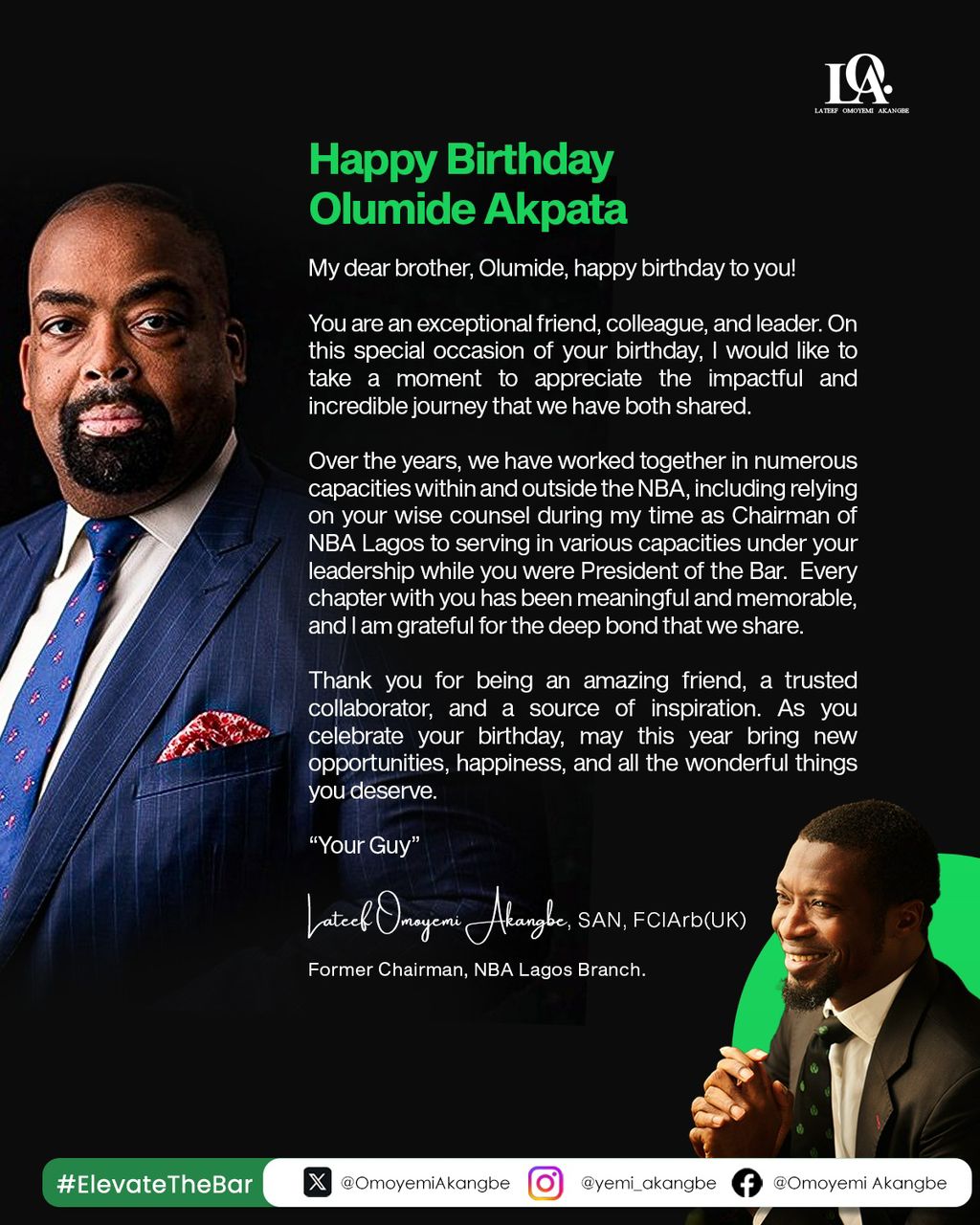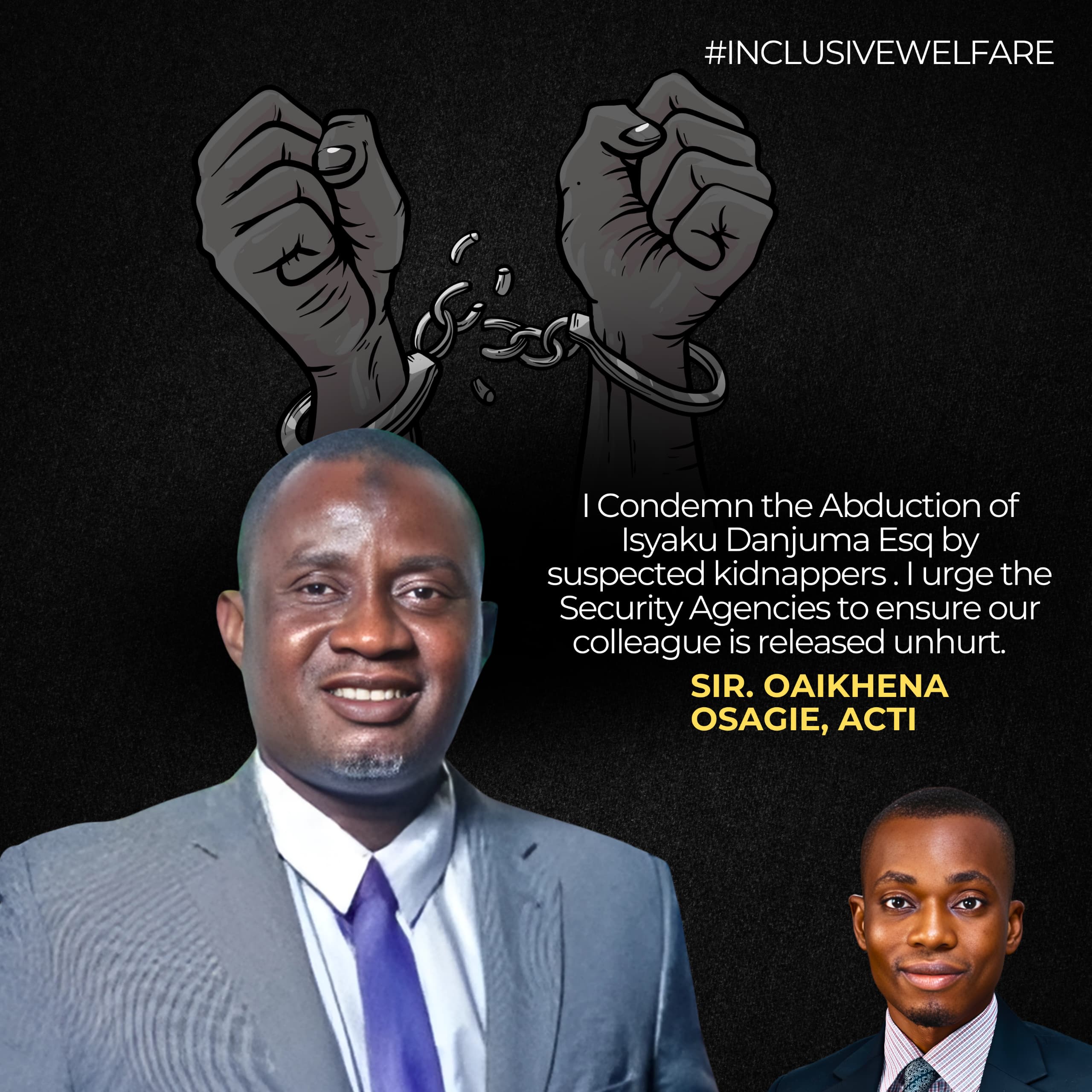Mary Akanbi
23rd May, 2025
By: Amb. Hameed Ajibola Jimoh, Esq.
ACArb. (Chartered Arbitrator), MTI Accredited Mediator, CGArb. (Global Peace and Conflict Resolution and Management Expert), FIGPCM, LPC, PC-WCM, FIMC, CMC, CMS and Notary Public for Nigeria
Prior to this digital/electronic/computer age, Nigerians (including other countries in the world) were using hard copy books as both educational and legal research methods. However, as time proceeds with its changes, electronic/digital/computer-based method of educational and legal research took over, especially, the advent of the COVID-19 diseases in the year 2019 to 2021 or beyond, also compelled the need for a replacement of the hard copy era in the educational and legal research methods of learning. To that extent, there was a great departure from the hard copy era in the educational and legal research methods of learning to a computer/digital/electronic based (soft copy) educational and legal research methods of learning. Classes, meetings, seminars, books and other writings, etc., became to have their days via virtual or online means. Then, a number of online software applications were developed to meet up with these needs for Electronic educational and legal research methods. However, the experiences shared by Sweden (as a country in Northern Europe) as reported online, shows the need for Nigeria and Nigerians to think twice and not to block almost all the chances of using hard copy books as both educational and legal research methods. Hence, this paper recommends a side-by-side methods of both the hard copy and the electronic books and legal research methods; so that there will be a balance in the educational and the legal research methods in Nigeria. Hence, this topic.
‘Hard copy’ according to Merriam Webster online dictionary, means ‘a copy of textual or graphic information (as from microfilm or computer storage) produced on paper in normal size’. On the other hand, according AI generated meaning of ‘soft copy’, it was stated as follows ‘In computing, ‘soft copy’ refers to a digital version of a document or image, usually displayed on a computer screen, as opposed to a physical, printed copy. Merriam-Webster defines ‘soft copy’ in the context of computers as ‘output displayed on the screen of a VDT (opposed to hardcopy)’. This AI definition is used in this paper for the purpose of understanding the meaning of ‘soft copy’ simply only.
I had recently read online; about what Sweden is experiencing now on the issue of using electronic based educational methods thereby abandoning the hard copy based educational method. The below was as reported
‘In 2009, Sweden chose to replace books with computers. 15 years later, it allocates 104 million euros to reverse course’.
Sweden is investing €104 million to bring back printed textbooks, highlighting growing concerns over digital learning’s toll on student focus and skills. Discover how this bold move could reshape education everywhere.
In a world where tech seems to run the show, Sweden’s education system is hitting the brakes on its all-digital approach. They’re bringing printed textbooks back into classrooms, marking a huge shift in how they think about teaching and learning. This change highlights worries about how digital tools might be affecting students’ learning and growth.
*Going digital: How it all started*
Back in 2009, Sweden jumped headfirst into modernizing its schools by swapping out old-school textbooks for computers and other digital gear. The idea was to get students ready for a tech-driven world. The Swedish government figured that using computers and tablets would make learning more fun and easy to access. Gradually, paper textbooks disappeared because digital versions seemed cheaper and more adaptable for the future.
The goal was crystal clear: arm students with the skills they’d need in a high-tech age. But as time went on, it became clear that this switch wasn’t without its hiccups.
*What’s going wrong? The issues start piling up*
Fast forward fifteen years, and Sweden is having second thoughts due to some major problems cropping up. Research shows that reading on screens (especially those with bright lights) can cause more eye strain and less focus compared to paper books. Plus, understanding what you read and remembering it takes a hit when you’re staring at screens.
One big gripe has been how distracting digital devices can be. Lots of students get sidetracked by games or surfing the web during class instead of sticking to their studies. This screen obsession also raises flags about social skills and attention spans in school settings. Parents and teachers are pretty vocal about these issues; many parents worry about their kids using computers for things other than learning.
*Money talks: Investing in old-school methods*
To tackle these problems, Sweden’s putting 104 million euros into bringing books back into classrooms from 2022 to 2025. That’s a hefty chunk of change aimed at making sure every student eventually gets a paper textbook for each subject. The money will also go towards campaigns helping schools switch back to traditional ways of learning.
This isn’t about ditching digital tools altogether but rather finding a sweet spot where tech supports basic learning techniques instead of taking over completely.
*Rethinking the game plan: Learning lessons*
Swedish officials have noticed a drop in key skills like reading and writing among students—mainly because they’ve been glued to screens since they were little kids. The government now sees this as a misstep—ditching traditional methods too quickly without thinking about long-term consequences.
Bringing back books doesn’t mean they’re throwing tech out the window; it just means they’ll use digital tools more wisely from now on. They’re still great for mixing up teaching styles or getting online resources but will be used sparingly moving forward.
Sweden’s choice highlights how important it is to find balance in education—a takeaway that’s relevant worldwide as schools everywhere try to blend technology with solid educational foundations. As this Nordic country makes its way back toward traditional methods, it’s both a warning sign and an example for others looking for harmony between innovation and tradition in education systems across the globe.
Source:
Whenever the issue of ‘hard copy books and legal research methods of educational and legal research methods of learning’ is raised in this digitalized world, it will probably be seen by many as ‘old-school or old-fashion method’. However, I am of the firm view that it goes beyond ‘being described as old-school or old-fashion’ rather, it is just a matter of maintaining a balance between the hard copy and the digital or electronic or compute-based educational and legal research methods. Hence, it is my humble recommendation that these two should be used side-by-side each other’s existence so that the Nigerian stories will not be or not be equivalent to those of the Sweden’s.
Finally, it is my humble recommendation that Nigeria and the legal educational and research communities should review and reconsider their educational and legal research-based methods of learning or imparting knowledge with a view to maintain a balance between the two. Maintaining this balance in my humble submission, is necessary to avoid any shortfall as encountered by Sweden and perhaps some other unmentioned countries in the world experiences shortfalls thereby relying on only the digital/electronic/computer based educational and legal research methods.
Email: hameed_ajibola@yahoo.com 08EXPERIENCES





https://shorturl.fm/6539m